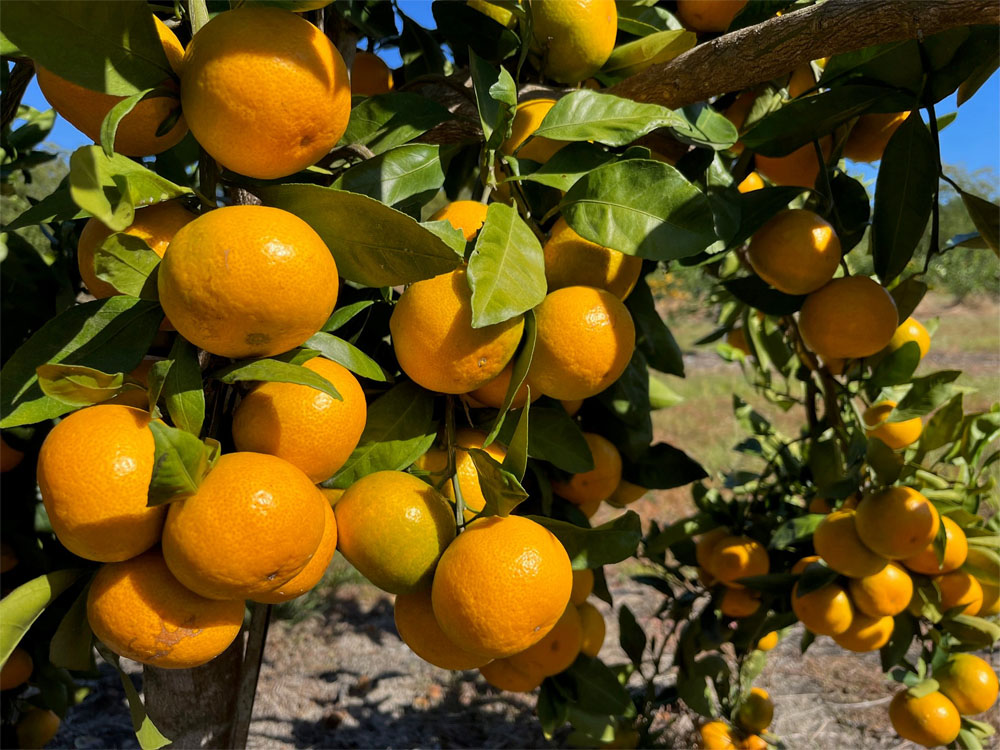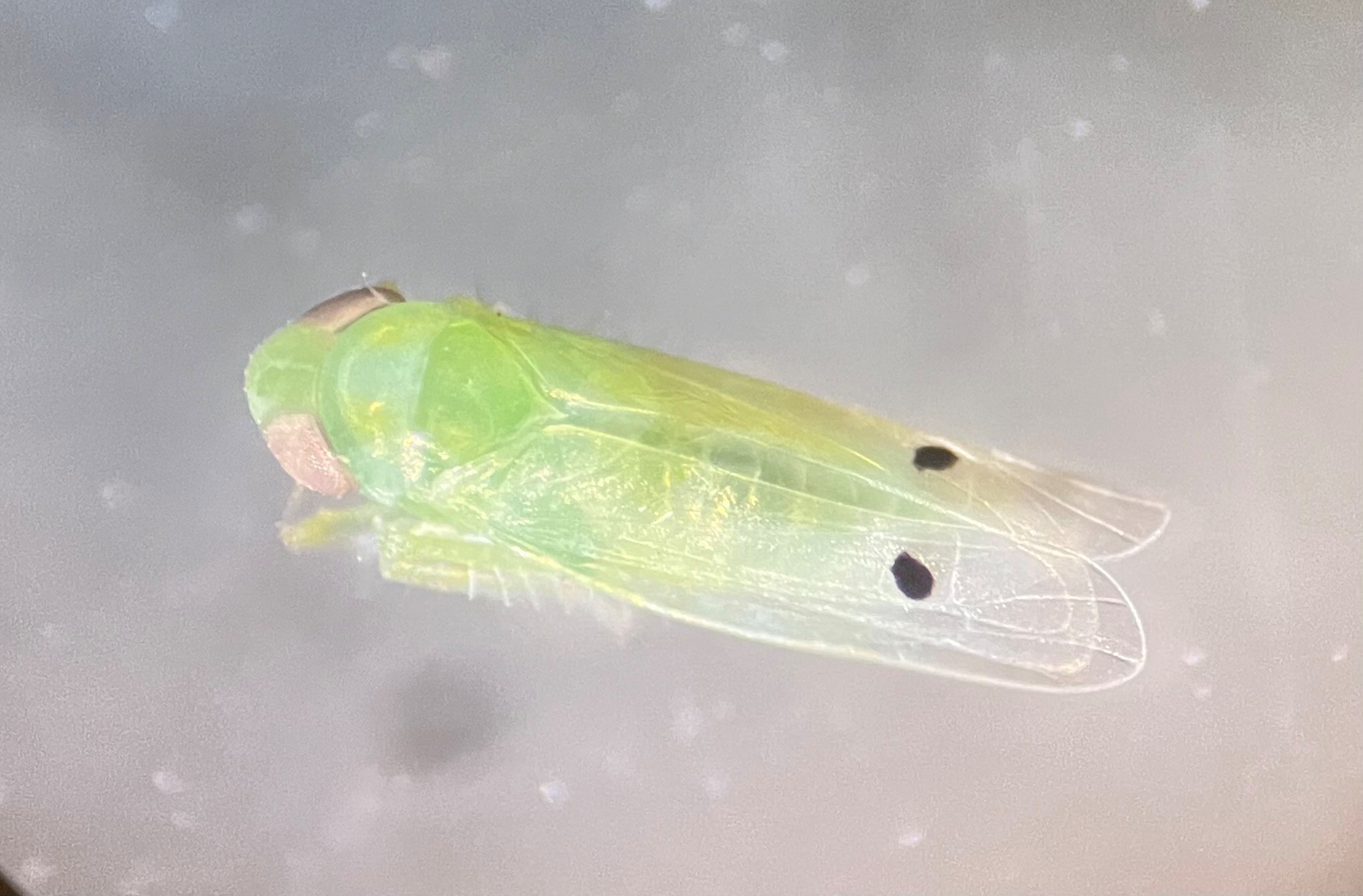Soon floods of people will be pouring over north Georgia.
It’s the annual fall foliage
exhibition in Nature’s mountain gallery.
Everybody loves the season’s brilliant colors. But you may
not care for the streams of
traffic winding through the hills of the big show.
If you won’t go to the mountains, though, why not bring the
mountains to you? Brilliant
fall leaves are the big attraction. And you can bring those
right to your own yard every
year. Just plant the right trees.
"Many reliable shade trees give us excellent fall
color," said Mel Garber, a
horticulturist with the University of Georgia Extension Service.
"Some are more
commonly known while others are lesser known but deserve wider
attention."
To make the prospect even better, you don’t even have to wait
to get started. Fall is
the best time to plant trees and shrubs in your landscape. Fall-
planted trees have the
rest of fall and all winter and spring to grow the roots they
need to carry them through
the stress of Georgia summers.
You can also buy bare-root and ball-and-burlap trees to
transplant into your yard in
late winter.
Here are some of the more colorful trees Garber says you can
buy from Georgia nurseries
and garden centers.
* Chinese pistache (Pistacia chinesis), which provides bright
orange and red fall
colors, thrives in the lower coastal plain of Georgia where few
other trees develop
outstanding fall color. It’s adapted to the piedmont area, too.
It’s hard to find, but ask
for it — a few nurseries are starting to have it now.
* Chinese tallow tree (Sapium sebiferum) has excellent yellow
to scarlet-red fall
color. In the same family as the poinsettia, it also bears a
showy display of waxy white
fruit. It’s also known as popcorn tree. It’s fairly easy to find
in nurseries, and it’s a
very good tree that’s reliable even in south Georgia.
* Maidenhair tree (Ginkgo biloba) is unsurpassed in the fall
for the clear yellow color
of its fan-shaped leaves. It’s adapted throughout the state and
is readily available in
nurseries.
* Scarlet oak (quercus coccinea) is usually the last tree in
Georgia to develop fall
color. The foliage becomes brilliant red in late October or
November. Unfortunately, it
isn’t easy to find in Georgia nurseries. It’s hard to
transplant, so you need to get it as
a container tree or as a small ball-and-burlap tree.
* Sourwood (Oxydedrum arboreum), a native in the northern
half of Georgia, is seldom
planted in yards. But it has almost every desirable trait as an
ornamental tree, including
picturesque shape, excellent green foliage, attractive flowers
and seed pods and brilliant
red fall leaves. Sourwood is hard to transplant, too. You have
to get it as a container
plant or a small ball-and-burlap plant. But it’s a good tree
that grows well in the north
and central parts of the state.
* Red maple (Acer rubrum) produces bright red to yellow
colors and is adapted
throughout the state. It can be bought from most Georgia
nurseries. Don’t overlook the
maples for fall color. As a group, they offer the greatest
potential for fall colors in
Georgia yards.
* Sugar maple (Acer saccharum) is well known for its
brilliant yellow, orange and
scarlet fall colors. It’s readily available in Georgia nurseries
and garden centers.
* Southern sugar maple (Acer floridanum), a native tree which
produces bright colors,
is not very common in Georgia nurseries. But ask for it. It’s
becoming more available and
deserves to be used much more in the deep South.
* Trident maple (Acer buergeranum) is another somewhat new
maple. It is a small,
handsome and durable tree with potentially outstanding fall
color. It can be grown
throughout the state, but may be hard to find in south Georgia.
It’s commonly grown in
Tennessee, so it should be easy to find in north Georgia.
* Japanese maple (Acer palmatum) is one of the most
spectacular of the small trees that
can be grown in Georgia. It’s available but expensive because of
its slow growth. You can
get seedlings, which provide good fall color, at reasonable
prices, but the better trees
are more costly.




